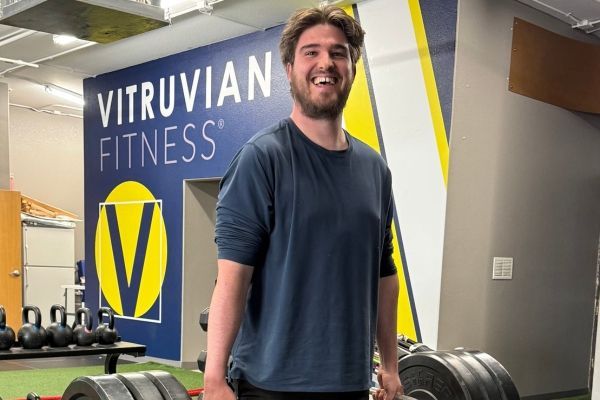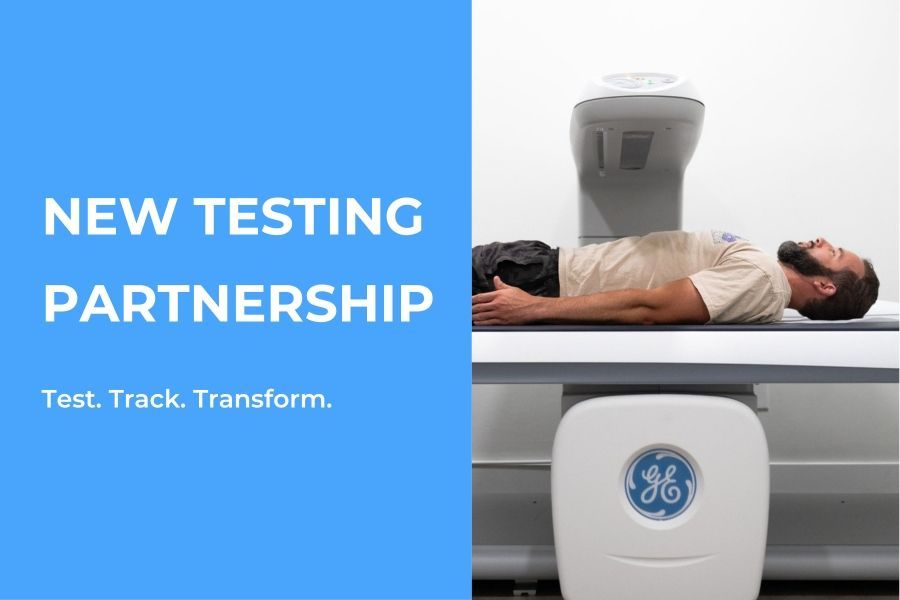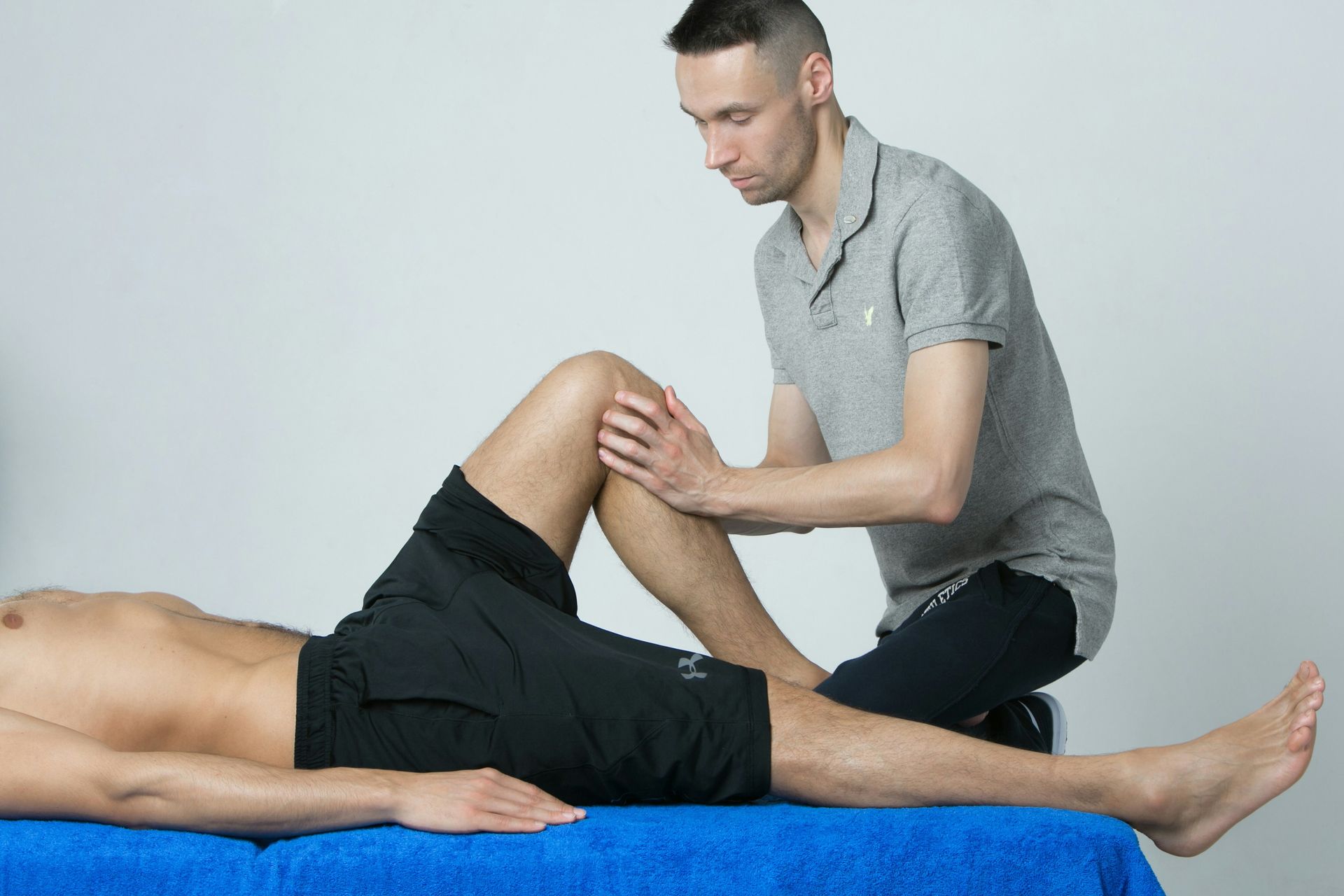On-the-Bike Tips to Help You Be a Better Rider
As we approach the time of year when we’ll ride more outside than we’re working out inside, there are a lot of little things someone who is new(er) to riding long distances might do to improve the experience. Be it postural, fit related, comfort, logistical, wardrobe related or whatever: there is always something to work on to make riding more fun and faster. The expression goes, “it’s just like riding a bike.” And it is but when the ride might last all day, maybe there’s a little more to it.
Some of these tips might be obvious, some not. But these things seem to be the ones that if you can incorporate them into your riding right away, your riding and your enjoyment of riding will get awesome very fast. And some of these tips aren’t really things to do on-the-bike but you won’t notice the effects of these until you’re in the saddle cranking away for a couple hours or more.
So, in no particular order, here is a list of 18 things that will improve your riding experience.
- Core strength and endurance is at least as important as lower body strength, power and endurance. Strength, power and endurance in the bottom half of your body can only be used to the extent it can be supported by the upper half of your body.
- Posture on the bike is simple. Head up / eyes up. Shoulders relaxed with shoulder blades anchored down. Elbows soft with pits rotated out 45 degrees. Wrists straight. Light hands. Back straight. Knees over feet. Heels down.
- Periodically change hand position to relieve pressure.
- If your joints hurt (like your knees) or if connective tissues hurt (like your Achilles) or if post ride soreness is significant, there’s something wrong with the way you move (or can’t move) or there is something wrong with your bike fit (or both). Continuing to pedal will not help and will possibly cause more pain that might become more serious. Stop the insanity. Stop pedaling.
- Invest in a foam roller.
- Invest in a corrective exercise specialist (like the ones at Vitruvian Fitness!).
- Invest in a professional bike fit.
- Invest in exciting bright and functional bike clothing with lots of pockets and padding where it counts. It increases your visibility, it’s fashionable, it’s functional and it improves efficiency and fun-factor when you ride.
- By occasionally changing your seated position on your saddle, you will change how each of the contributing muscle groups work together to pedal. This comes in handy on long rides of varying terrain.
- Get a major bike tune up before every season. Check wheels, hubs, tires, brakes, shifters and derailleur, chain, cassettes, brake and shifter cables, lubrication points, nuts and bolts.
- When riding on city streets, you have all the rights and responsibilities of a motor vehicle. This means you are entitled to as much of the right lane as you feel you need to ride safely.
- When riding with parked cars to your right, constantly scan to see if there are drivers or passengers who could open their door on you or pull out into your lane.
- Never assume that any motor vehicle sees you. Never assume.
- Always carry a compact tool kit with spare tube and a pump.
- Always make sure someone knows where you are planning to ride and carry your cell phone in case of emergency.
- This one tip might be the most important and most obvious but least utilized: Pedal at the quickest cadence you feel comfortable in the hardest gear you can maintain that cadence. This is how you get from here to there in the shortest amount of time.
- A ride that has a coffee or lunch stop scheduled into it is a great ride.
- A ride that ends with ice cream is even better.
If you’re a veteran rider, what are some of the “ah-ha” moments you’ve had that made you a better rider? Post yours in the comments!
You might also enjoy these posts . . .







